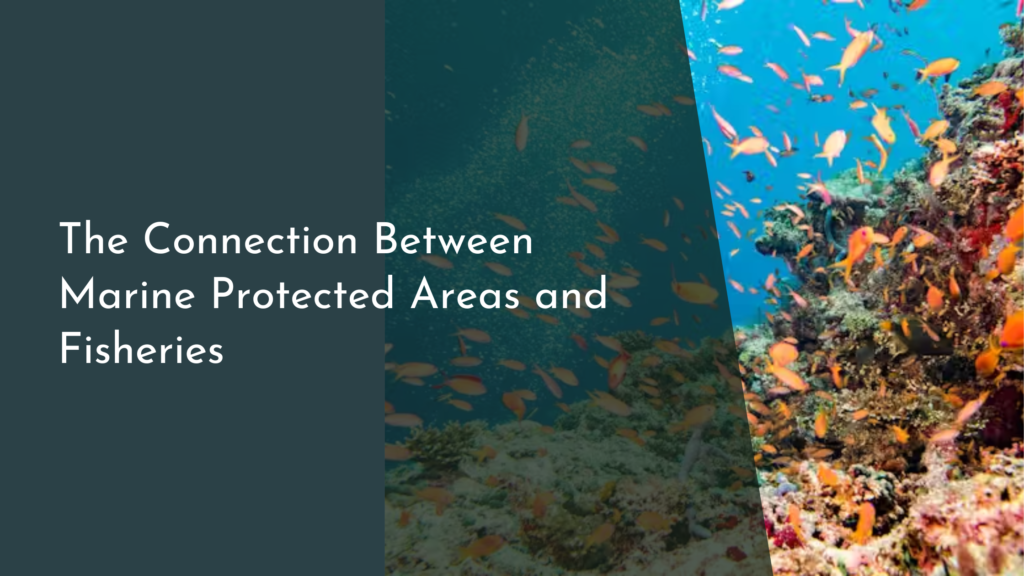The Science Behind Using Salt to Deter Pests
When it comes to pest control, many people might reach for chemical solutions without considering the power of nature’s own resources. Salt, a common household item, has been recognized not only for its culinary uses but also for its effectiveness in deterring pests. As gardeners and homeowners seek eco-friendly solutions to combat insects and other unwanted critters, salt emerges as an unexpected hero. This article explores the science behind using salt as a pest repellent, the mechanisms through which it disrupts pest habitats, practical tips for safe application, and a cheerful guide to embracing this simple yet effective solution.
Discovering Salt: Nature’s Unexpected Pest Repellent
Salt, primarily composed of sodium chloride, has been utilized for centuries as a preservative and flavor enhancer. However, its applications extend far beyond the kitchen. This mineral can serve as a natural barrier against pests such as slugs, snails, and even some insects. The science behind this lies in salt’s ability to draw moisture from the environment, creating an inhospitable atmosphere for many garden pests that thrive in moist conditions. By simply sprinkling salt in strategic areas, gardeners can create a protective zone around their prized plants.
Moreover, research has shown that salt can disrupt the internal balance of certain pests. When salt comes into contact with creatures like slugs or snails, it causes dehydration by drawing water out of their bodies through osmosis. This physiological response can be detrimental, leading to the pest’s inability to survive. Thus, salt not only acts as a deterrent but can also lead to the elimination of pests that pose a threat to your garden’s health.
How Salt Disrupts Pest Habitats and Survival Strategies
The effectiveness of salt as a pest repellent can be attributed to its impact on the habitats of various unwanted creatures. Many pests require moist or wet environments to thrive; by applying salt, gardeners can effectively alter the ecosystem balance. For instance, when salt is applied to the soil or around the base of plants, it can inhibit the growth of weeds that may harbor pests. This creates a drier, less inviting environment for these nuisances, encouraging them to seek refuge elsewhere.
In addition to creating inhospitable habitats, salt also disrupts the survival strategies of pests. Many insects rely on soft-bodied structures to navigate and feed, which can be compromised when salt is introduced. As these pests encounter salty surfaces, their ability to move, forage, and reproduce is severely hindered. This disruption not only decreases their population but also reduces the potential for crop damage, allowing plants to flourish in a healthier, more pest-resistant environment.
Practical Tips for Using Salt in Your Garden Safely
As with any pest control method, using salt requires careful consideration to ensure safety for both your plants and the surrounding ecosystem. Although salt can effectively deter pests, excessive application can lead to soil salinity, which may harm your garden. A good rule of thumb is to use salt sparingly and strategically. For instance, create a barrier with a light sprinkle of salt around the base of your plants or on pathways where slugs and snails are likely to travel.
It’s also essential to monitor the effects of salt on your garden. After applying salt, check for any signs of plant distress, such as wilting or browning leaves. If you notice any adverse effects, consider rinsing the area with water to dilute the salt concentration. Additionally, avoid using salt near sensitive plants or in areas where you wish to encourage beneficial insects. With mindful application, salt can serve as a powerful ally in your gardening endeavors without compromising the health of your plants.
Embracing a Salt Solution: A Cheerful Pest Control Guide
Integrating salt into your pest control routine can be not only effective but also enjoyable! Picture a sunny day in your garden, where you can work with nature to keep your flowers and vegetables thriving. Start by mixing salt with water to create a salt spray solution for additional versatility. This can be particularly useful for targeting specific pests on your plants without affecting the soil. Just remember to apply it in moderation to avoid harming delicate foliage.
As you embark on this salt solution adventure, consider it an opportunity to connect with your garden in a new way. Invite family or friends to join you in your pest-fighting escapade, turning the task into a fun outdoor activity. With your cheerful attitude and nature’s simple ingredients, you can create a pest-free environment while enjoying the beauty and tranquility of your garden. Embrace the salty side of pest control and watch your plants flourish as you take on those pesky intruders with a smile!
In conclusion, salt presents an ingenious, eco-friendly solution to tackle pest problems in gardens and homes alike. By understanding the science behind its effectiveness and applying it with care, you can create a healthier growing environment for your plants. So, gather your salt shaker and step into your garden with a cheerful heart, ready to embrace nature’s simple yet powerful remedies. With a bit of salt and a sprinkle of joy, you’ll soon find yourself on the path to a flourishing garden, free from bothersome pests!

